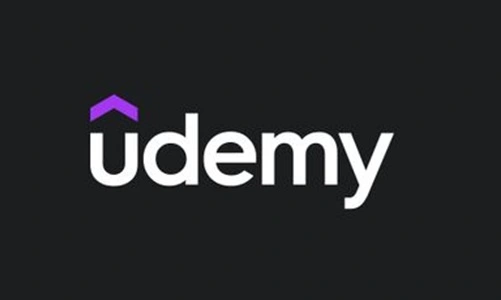Udemy helps people learn online. Teachers make courses on different topics like design or business. The courses are in many languages. Teachers pay a fee when their course sells. The fee can be small or big, depending on how students find the course. Businesses can pay yearly to let their workers use Udemy.
Udemy began in 2010 with three founders: Eren Bali, Gagan Biyani, and Oktay Caglar. It’s grown fast, with 50 million students and 150,000 courses covering many topics. From zero, Udemy is now worth $2 billion, proving its success.
Udemy Company Details
| Origin Country | United States |
| Established year | 2010 |
| CEO | Greg Brown |
| Headquarters | San Francisco, California |
| Founder | Eren Bali, Gagan Biyani, and Oktay Caglar. |
| Chairman | Sohaib Abbasi |
| Products | Online training courses |
| Number Of employees | 1,00-5,000 |
| Website | https://udemy.com/ |
Udemy Business Model:
Udemy is like a big market where teachers sell their courses. The company doesn’t make the courses itself. Instead, it helps teachers sell them online. Teachers decide how much to charge for their courses. When someone buys a course, Udemy takes a part of the money. This setup lets Udemy offer students many courses and helps teachers reach more people.
Why Udemy Is Better Than Others:
Udemy stands out because it helps two types of people: those who want to learn new things and those who need to learn fast. For people exploring new topics, Udemy offers many courses. For busy professionals, Udemy provides quick courses. Udemy makes sure both groups get what they need to learn effectively.
How Does Udemy Make Money:
Udemy earns revenue through several models, following the marketplace approach of e-commerce leaders like Amazon and eBay.
Here are some of Udemy’s revenue streams:
Subscription Service: Udemy Pro is a subscription service. After trying free courses, users can pay $20 per month for access to premium courses that are not available for free. This subscription model allows Udemy to earn money consistently from users who opt for the Pro membership.
Organic: Users find the platform directly. When you buy a course directly, Udemy and the instructor get half the money. This is good for the long term, even if it takes time to see results.
Promotion: If you use an instructor’s link to buy a course, the instructor gets 97%, and Udemy keeps 3%. This encourages instructors to promote their courses actively and rewards them for driving sales to the platform.
B2B model: Udemy provides business courses to help employees learn and improve skills. The courses are short and easy to understand. Small teams of 5 to 20 cost $360 per year. Larger teams have different prices.
Udemy Business Strategy:
Udemy is different from other online learning sites. Unlike them, it doesn’t have its teachers or schools. Instead, it lets individual experts teach. These instructors aren’t linked to any particular school but are still qualified and know their stuff well.
Customer Facing: Udemy makes money in two ways: first, by offering free and trial courses to attract users, and then, when people find the courses helpful, they pay to continue using them. This helps Udemy gain and keep customers.
For Businesses: Udemy helps businesses with a pay-as-you-go system for learning. Small to medium-sized teams can pick modules for 5-20 employees. Udemy gives quick demo courses for businesses to try, and they pay if they find them helpful. Plans are available for different business sizes, with progress tracking for big companies. Courses cover work skills (31%), tech (34%), and personal growth (35%).
Wrapping up:
Udemy’s app makes money in two ways: regular users pay for individual courses, and for businesses they have a subscription model. Started as an e-learning platform, Udemy keeps improving and offering good courses for students and workers, making more money. They also have many free or discounted courses, bringing in more customers.
Udemy started as a learning site, improving with quality courses for students and workers, making more money. They also offer many free or discounted courses to attract more customers.















